If the headlines are true, “It will take years of wet weather before California recovers from drought, study finds“, then residential recycled water fill stations are here to stay, for a while longer. This is great news for recycled water haulers everywhere. Many have already setup up their irrigation systems and their solution works for them. We can all learn from their mechanical ingenuity.
Take for instance one hauler who lives in Oakley, California, he hauls 1700-1800 gallons of recycled water a month via two 55 gallon drums in the back of his Toyota Tacoma. This is his story.

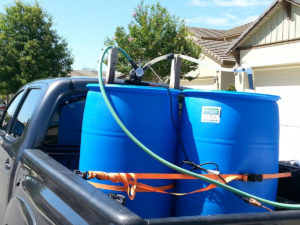
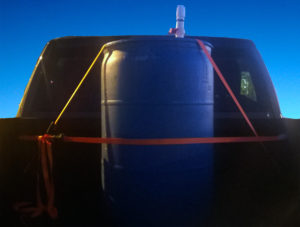
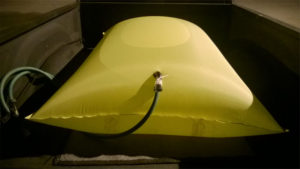

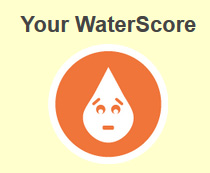 Two months ago I wrote an article about Chris Rossiter, a Danville resident who needed
Two months ago I wrote an article about Chris Rossiter, a Danville resident who needed 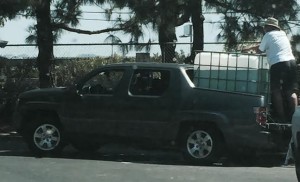

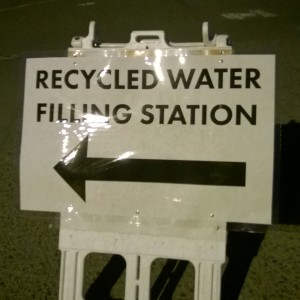
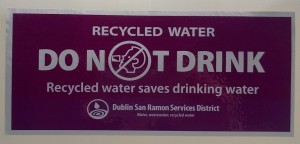 Hauling water may not be cost effective for you, but considering replacement costs of large gardens it may be worth it.
Hauling water may not be cost effective for you, but considering replacement costs of large gardens it may be worth it.
